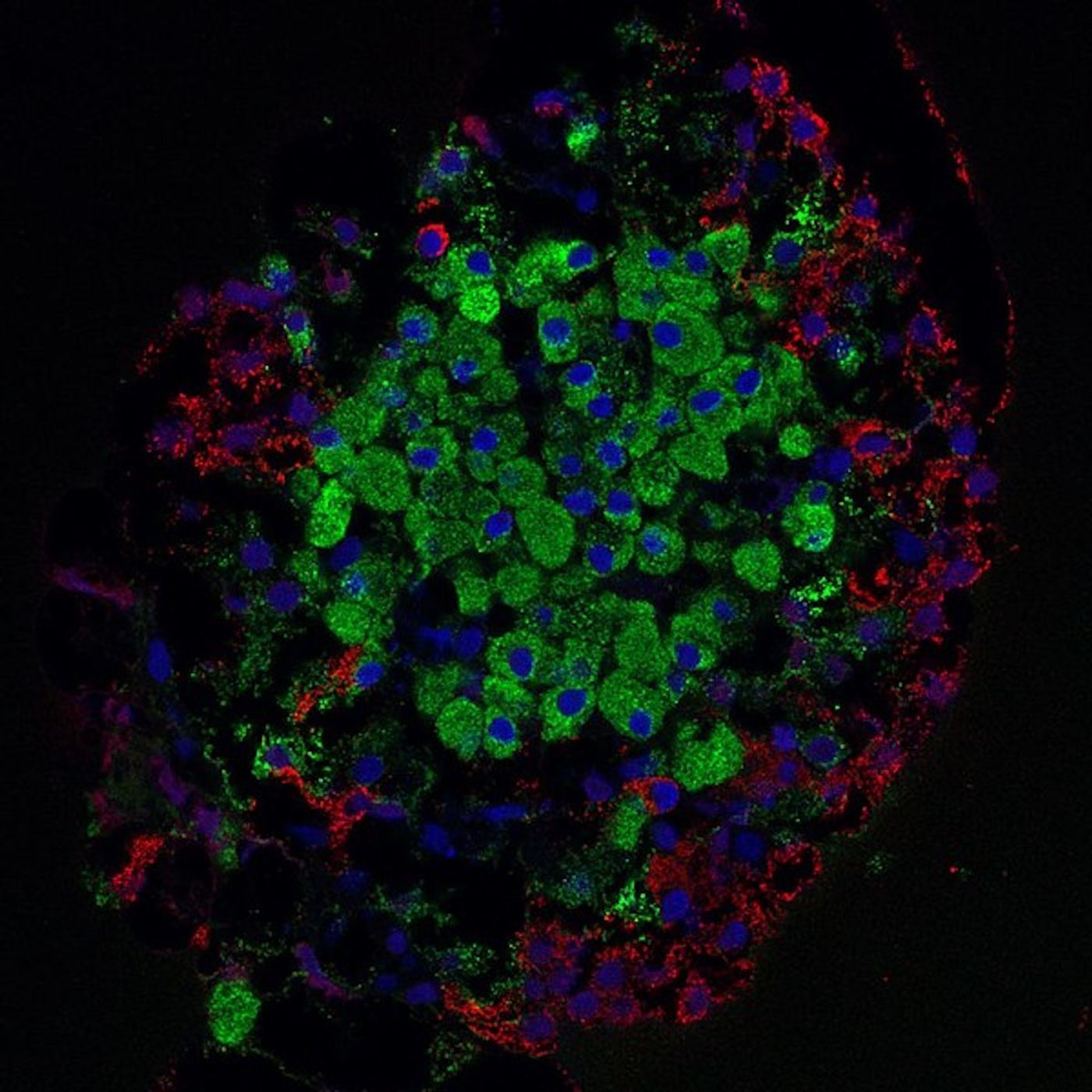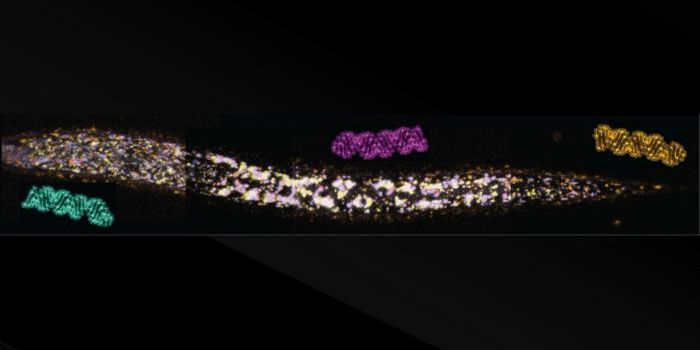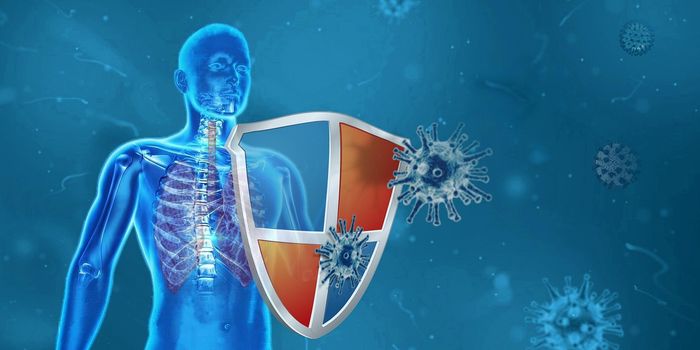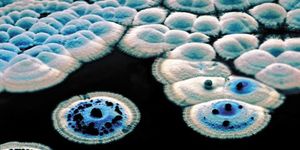Functional Cells That Make Insulin Successfully Grown in the Lab
In diabetes, the body doesn't make enough or doesn't respond to a hormone called insulin, which is produced by beta cells in the pancreas. In type 1 diabetes, those beta cells are lost, and people affected by the disease have to monitor insulin levels and take it as necessary to survive. It’s long been thought that if those lost beta cells could be replaced, type 1 diabetes could be cured. But first, these cells have to be made in the lab so they can be transplanted into adults. That was a huge challenge, but scientists at UC San Francisco (UCSF) have now been able to do so.
“We can now generate insulin-producing cells that look and act a lot like the pancreatic beta cells you and I have in our bodies. This is a critical step towards our goal of creating cells that could be transplanted into patients with diabetes,” said Matthias Hebrok, Ph.D., the Hurlbut-Johnson Distinguished Professor in Diabetes Research at UCSF and director of the UCSF Diabetes Center. Hebrok is the senior author of a new report on this work in Nature Cell Biology.
Type 1 diabetes is an autoimmune disease, and the body’s own immune cells target the vital beta cells for destruction. While the disease can be managed, it often still causes major health problems like heart disease and kidney failure, among others. In some cases, patients might be able to receive a pancreas transplant, but only about 1,000 pancreas transplants are done in any given year (1.25 million people are estimated to have type 1 diabetes, while about 40,000 are newly diagnosed every year). Scientists are also now trying to transplant beta cell clusters alone, but that still needs a healthy donor.
The obvious solution to the problem is to use stem cells to make beta cells, then transplant those into patients. The hurdle has been getting stem cells to transform into mature beta cells. “The cells we and others were producing were getting stuck at an immature stage where they weren’t able to respond adequately to blood glucose and secrete insulin properly. It has been a major bottleneck for the field,” explained Hebrok.
In this work, the team took a new approach. They knew that as beta cells mature, they separate from the other parts of the pancreas, forming what’s called the islets of Langerhans. That inspired the team to physically separate pancreatic stem cells that were partly differentiated, and then allow them to reform into clusters, like islets.
“A key principle in biology is that form follows function, so we reasoned that the formation of islets might be an important process for beta cells to mature properly,” Nair said.
After that, the beta cells started to respond to blood sugar as mature insulin-producing cells. The entire islet also began to function in ways the researchers had not seen in the lab before; they began to form other types of cells found in islets. After transplanting them into a mouse model, the team found that they functioned normally in only days.
The team wants to continue to pursue this work and make regenerative therapies like this one a reality for patients.
“Current therapeutics like insulin injections only treat the symptoms of the disease,” said postdoctoral fellow Gopika Nair, who was the first author of the study. “Our work points to several exciting avenues to finally finding a cure.”
“We’re finally able to move forward on a number of different fronts that were previously closed to us,” Hebrok added. “The possibilities seem endless.”
Some researchers also believe that a person's own beta cells can be stimulated to regenerate, but the idea has been controversial. Learn more about that debate from the video above.
Sources: UCSF, ADA, Nature Cell Biology









